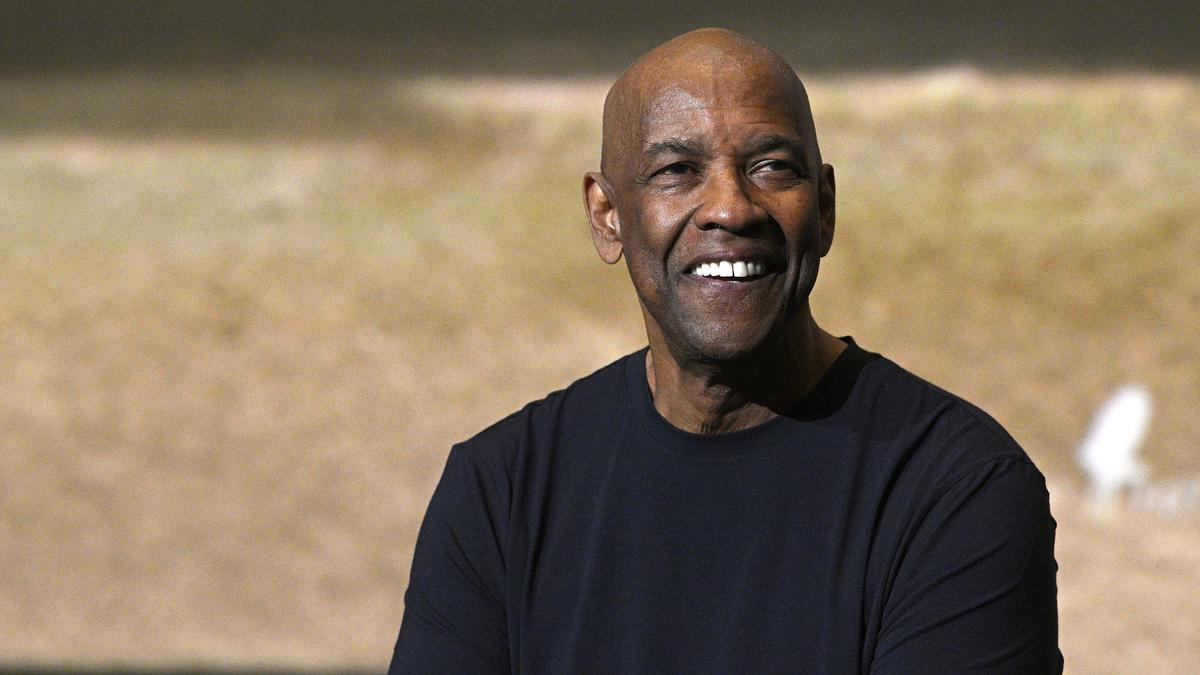
As a refreshing twist to the traditional Eid celebrations sans a Salman Khan release, director Ali Abbas Zafar stirs the cinematic pot with “Bade Miyan Chote Miyan” (BMCM), an action-packed film fueled by an expressive camaraderie between its leading men – Akshay Kumar and Tiger Shroff. This film catered to a diverse audience spectrum with its robust blend of style and substance, perfectly encapsulating the warmth and spirit emblematic of Bollywood’s universal appeal.
The narrative of BMCM squarely targets the masses, embedding a genial essence alongside a distinct purpose beneath a gleaming exoskeleton of high-octane special effects. The plot treads upon a formula foundational to Bollywood lore—the dynamic of friends to adversaries, robustly refashioned by Siddharth Anand in “Pathaan” and now further augmented within the domain of Artificial Intelligence by Zafar. Amid an era increasingly saturated by digital deceptions, Zafar delves into dwindling human engagement with ever-advancing technology.
At the core of the story, we have Firoz, better known as Freddy (Akshay Kumar), and Rakesh or Rocky (Tiger Shroff), dutifully serving under Commander Azad (Ronit Roy). The movie begins with their dismissal from service due to their insubordination but quickly shifts gears when the character Kabir (Prithviraj Sukumaran)—a friend turned foe, presumed deceased—emerges, spurring the duo into action against a rogue’s gallery of clones.
BMCM unabashedly boasts a larger-than-life persona. It flirts with the notion that an AI algorithm could have concocted its intriguing premise. While the trajectory may initially seem familiar, it unfolds into an amusing spectacle during its first act and morphs into a compelling drama in its second. By juxtaposing the relentless perfectionism of robotics with radicalized zealots from various creeds, the movie levies a poignant critique against those obsessed with power through indoctrinated minions. It emphasizes an Indian ethos of prioritizing conscience over mere skill, thus offering a tacit rebuttal to the rising tide of propagandist cinema.
Broadening the quintessential India-Pakistan rivalry typically depicted on screen, Zafar introduces China into the fray, exploring how personal vendettas and egos can transmute individuals into nefarious entities. He deftly interweaves mythological references to Eklavya and Karna, providing thought-provoking interludes amidst a relentless tirade of blows and bravado.
Accompanied by an intense score by Julius Packiam, BMCM strikes with a series of striking action sequences, showcasing the prowess of the visual effects company DNEG in the Indian cinematic context. Although the marriage of practical and digital effects sometimes appears inconsistent, the film eventually navigates to the charming irreverence that marked the original 1998 Amitabh Bachchan and Govinda classic. An early humorous scene stands as a heartfelt homage to its predecessors, bridging two generations through a comedic lens.
Akshay returns to a familiar role, deploying his trademark deadpan humor, while Tiger Shroff is afforded the opportunity to exhibit a greater range of acting potential. The movie features clever, self-aware jokes that will likely become memes, takes jabs at nepotism within sinister circles, and comments on the perceived intellectual depth of actors—all within a parody of itself, merging action-packed sequences with perceptive satire.
In terms of casting, Manushi Chhillar and Alaya F infuse the film with charismatic allure and playful interactions, elevated beyond simplistic eye-candy characters often seen in the action genre. However, Sonakshi Sinha’s extended cameo falls short of adding significant value.
Zafar’s approach to storytelling is unapologetically bold, with each emotion hitting as hard as the meticulously choreographed action scenes. Although the film takes its time to reach its climax, it ensures to wrap up with a compelling twist that re-engages the audience.
Prithviraj Sukumaran’s transformation into a menacing antagonist delivers a performance that, despite needing fine-tuning in delivery, effectively portrays a scientist wrestling with the ethical implications of his work’s potential misuse.
Targeting the throngs of cinema-goers looking for an adrenaline rush with a side of moral messaging, “Bade Miyan Chote Miyan” echoes Commander Azad’s wise words within the film: intent holds greater sway than mere talent.
As a closing piece of advice for Akshay Kumar: perhaps it’s time to forgo the artificial moustache in favor of authentic facial hair for future roles—it’s distracting!
“Bade Miyan Chote Miyan” is currently playing in theaters, awaiting audiences ready to immerse themselves in this boisterous blend of old-school bravado and cutting-edge cinematic technology.










